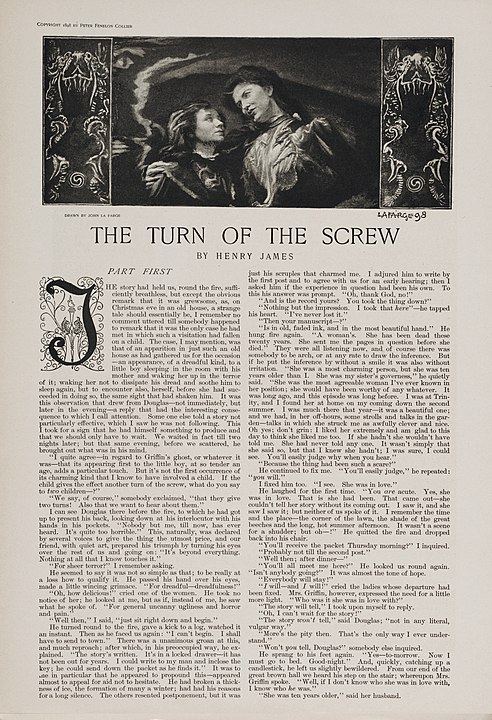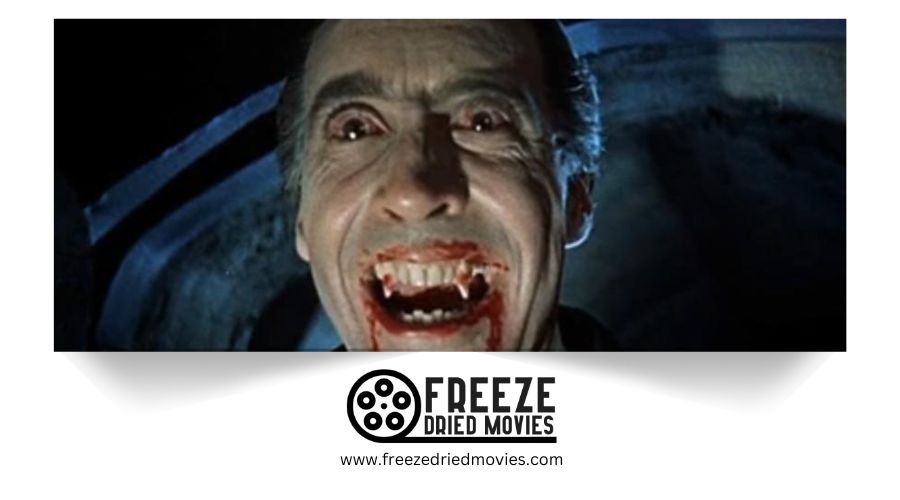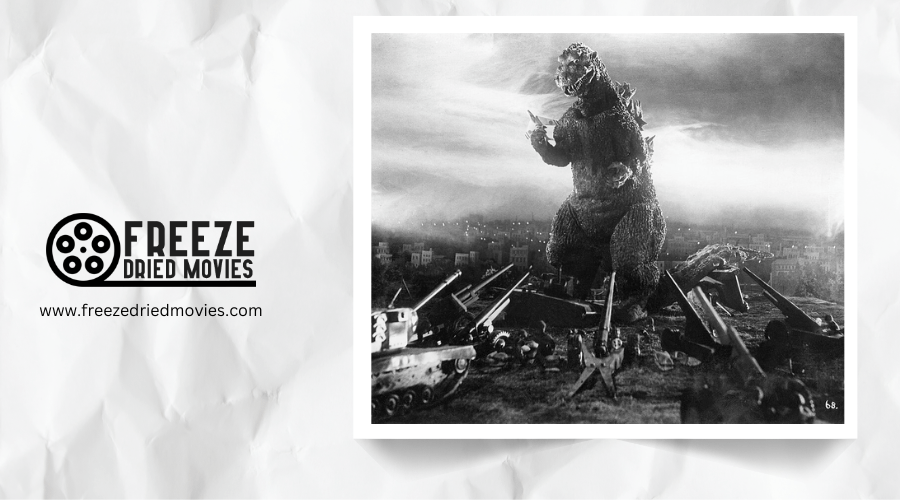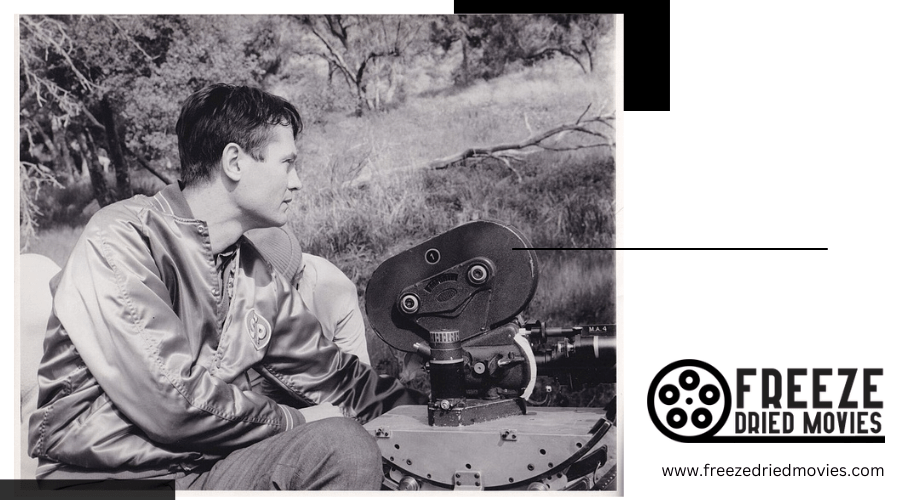Horror's Literary Roots: Tracing the Genre's Origins in Gothic Fiction

Horror literature has captivated readers for centuries, tapping into our deepest fears and darkest imaginations. This genre explores the realms of fear, terror, and dread, taking readers on thrilling journeys through the unknown. From ancient myths to modern bestsellers, horror stories have evolved to reflect society's deepest anxieties and fascinations.
The roots of horror fiction can be traced back to early folklore and mythology. Ancient tales of monsters, demons, and supernatural beings laid the groundwork for what would become a distinct literary genre. As civilization progressed, so did the art of storytelling, with horror elements finding their way into classical works and religious texts. The late 18th century saw the birth of Gothic literature, which set the stage for the modern horror genre we know today. Authors began crafting stories specifically designed to evoke fear and suspense, establishing conventions that would shape horror literature for generations to come.
The Birth of Gothic Literature (1764-1832)
Gothic literature emerged in the late 18th century, sparking a new era of storytelling filled with supernatural elements, dark themes, and intense emotions. Horace Walpole's 1764 novel, "The Castle of Otranto," marked the beginning of this genre. It paved the way for other writers to explore eerie castles, mysterious happenings, and spine-chilling tales.
Ann Radcliffe and Matthew Gregory Lewis took Gothic fiction to new heights. Radcliffe's "The Mysteries of Udolpho" (1794) introduced readers to Emily St. Aubert, a young woman facing perilous situations in haunting landscapes. Lewis's "The Monk" pushed boundaries with its shocking content.
Gothic stories often blended romance with horror. Wicked villains, crumbling castles, and ghostly encounters added excitement to love stories. As the Romantic movement grew, poets like Samuel Taylor Coleridge and Johann Wolfgang von Goethe embraced Gothic themes in their works.
Bloodsuckers Take Center Stage
Vampires became popular in late 18th-century poetry. These undead beings, often beautiful women, lurked in graveyards waiting to lure unsuspecting victims. Johann Ludwig Tieck's "Wake Not The Dead" (c. 1800) told the story of a man who asks a wizard to bring his dead wife back to life. As expected, things don't go well.
George Byron's 1813 poem "The Giaour" featured a vampire curse:
"But first, on earth as vampire sent,Thy corse shall from its tomb be rent,Then ghastly haunt thy native place,And suck the blood of all thy race." These early vampire tales set the stage for the creatures that would soon dominate Gothic fiction.
A Fateful Night at Lake Geneva
On June 17, 1816, a group of friends gathered at the Villa Diodati near Lake Geneva. This night would change horror literature forever. The group included:
- Lord George Byron
- John Polidori (Byron's doctor)
- Percy Bysshe Shelley
- Mary Wollstonecraft Godwin (later Mary Shelley)
- Claire Clairmont
The weather was unusually gloomy due to a volcanic eruption the previous year. Crops failed worldwide, leading to widespread hunger and disease.
To pass the time, the friends decided to have a contest. Each person would write a ghost story. This challenge led to the creation of two major works:
- Mary Godwin's "Frankenstein"
- John Polidori's "The Vampyre"
Mary's tale of a scientist creating life from dead bodies would become the classic novel "Frankenstein: A Modern Prometheus," published in 1818.
Polidori based his story on a fragment written by Byron. "The Vampyre," published in 1819, featured Lord Ruthven, a character inspired by Byron himself. This story helped shape the modern vampire myth.
These works, born from a single night's conversation, would go on to influence Gothic and horror literature for centuries to come.
Victorian Horror Tales

Gothic horror stories gained popularity in Victorian England. Many famous authors wrote spine-chilling tales during this time. Emily Bronte's "Wuthering Heights" used gothic elements to create a spooky mood. Charles Dickens penned ghost stories like "The Signalman" that scared readers.
Across the ocean, American writers also embraced horror. Herman Melville added supernatural touches to "Moby Dick." Nathaniel Hawthorne's "The Scarlet Letter" and "The House of the Seven Gables" had eerie parts too.
Short stories became a popular format for horror. Authors like J.S. Le Fanu, Arthur Conan Doyle, and Edgar Allan Poe wrote brief but scary tales. Robert Louis Stevenson's "Dr. Jekyll and Mr. Hyde" shocked readers with its tale of a man's split personality.
Bram Stoker's "Dracula" became one of the most famous horror novels. It sparked a craze for vampire stories. Many of these scary books were turned into plays, bringing the horror to life on stage.
Edgar Allan Poe

Edgar Allan Poe was a key figure in American horror literature. He wrote many short stories that broke new ground in the genre. Poe's work often featured dark themes and strange characters. His writing style was tight and packed with meaning.
Poe did more than just scare readers. He created the modern detective story with "The Murders in The Rue Morgue" in 1841. He also explored the human mind in his tales, laying groundwork for later writers.
His stories often took place in gloomy settings with odd people. These elements became common in horror writing after him. Poe's ideas were fresh and new for his time. Readers today might not realize how different his work was in the 1830s and 1840s.
Poe faced hard times during his life. He didn't earn much money or fame from his writing. His life ended in a strange way that fits with his stories. He disappeared for a week in 1849. When found, he was hurt and confused. He died soon after in a hospital. No one knows what happened to him in that last week.
Poe's impact on horror writing is huge. His complete works are a must-read for fans of scary stories. Other American writers like Nathaniel Hawthorne were also important, but Poe stands out for his unique style and ideas.
- The Poe Museum in Richmond, Virginia honors his memory
- His stories inspired many movies and TV shows
- Writers still look to Poe's work for ideas today
Horror Literature at the Turn of the Century

The late 1800s saw a shift in horror writing towards more psychological themes. Writers began exploring the depths of the human mind, moving away from external monsters to focus on inner turmoil and madness. This period produced some of the most influential works in the genre.
Henry James' "The Turn of The Screw" (1898) plays with readers' perceptions through an unreliable narrator. The story keeps readers guessing about whether the ghosts are real or just figments of the nanny's imagination.
Charlotte Perkins Gilman's "The Yellow Wallpaper" (1899) uses horror elements to critique societal treatment of women. The main character's descent into madness highlights the harmful effects of patriarchal control.
Oscar Wilde's "The Picture of Dorian Grey" (1890) combines supernatural elements with a moral tale. The story explores themes of vanity, corruption, and the consequences of unchecked desires.
Bram Stoker's "Dracula" (1897) blended psychological horror with sexual undertones. The vampire count became an enduring figure in popular culture, inspiring countless adaptations and reimaginings.
H.G. Wells pushed the boundaries of horror by combining it with science fiction. His novels like "The Island of Dr Moreau" (1896) and "The Invisible Man" (1897) tapped into fears about scientific progress gone wrong. These stories continue to resonate with modern audiences, as shown by recent film adaptations.
The emergence of cinema provided a new platform for horror stories. Early filmmakers drew inspiration from popular stage plays and literature, bringing classic horror tales to life on the big screen. This new medium would go on to shape the future of horror storytelling in powerful ways.
Chilling Tales from Horror's Golden Age

Classic horror literature offers a thrilling journey into the dark corners of human imagination. Some of the most spine-tingling works emerged during the late 19th and early 20th centuries, leaving an indelible mark on the genre.
Mary Shelley's "Frankenstein" stands as a pioneering work, exploring themes of scientific ambition and the consequences of playing God. This groundbreaking novel set the stage for future science fiction horror.
Edgar Allan Poe's short stories showcase his mastery of psychological terror. His collection "Tales of the Grotesque and Arabesque" delves into the depths of human madness and fear.
Robert Louis Stevenson's "The Strange Case of Dr. Jekyll and Mr. Hyde" examines the duality of human nature, while Bram Stoker's "Dracula" introduced the world's most famous vampire.
For a chilling exploration of mental health, Charlotte Perkins Gilman's "The Yellow Wallpaper" offers a haunting glimpse into a woman's descent into madness.
W.W. Jacobs' "The Monkey's Paw" serves as a cautionary tale about the dangers of wishes granted.
These timeless works continue to captivate readers, inspiring countless adaptations in film, television, and other media. Their enduring popularity speaks to the universal appeal of horror and its ability to tap into our deepest fears and anxieties.




